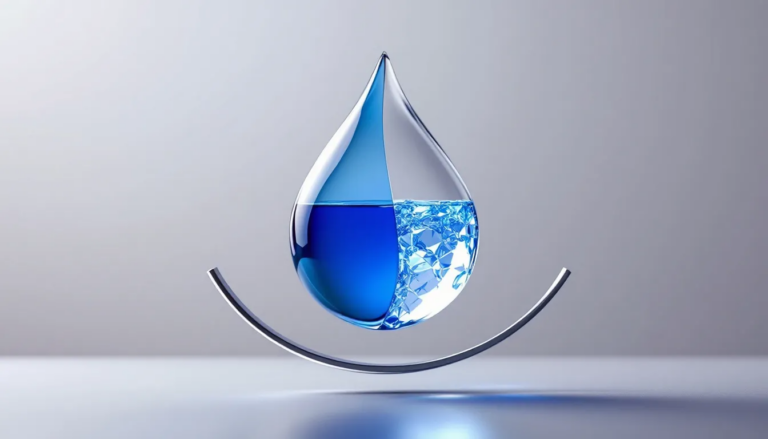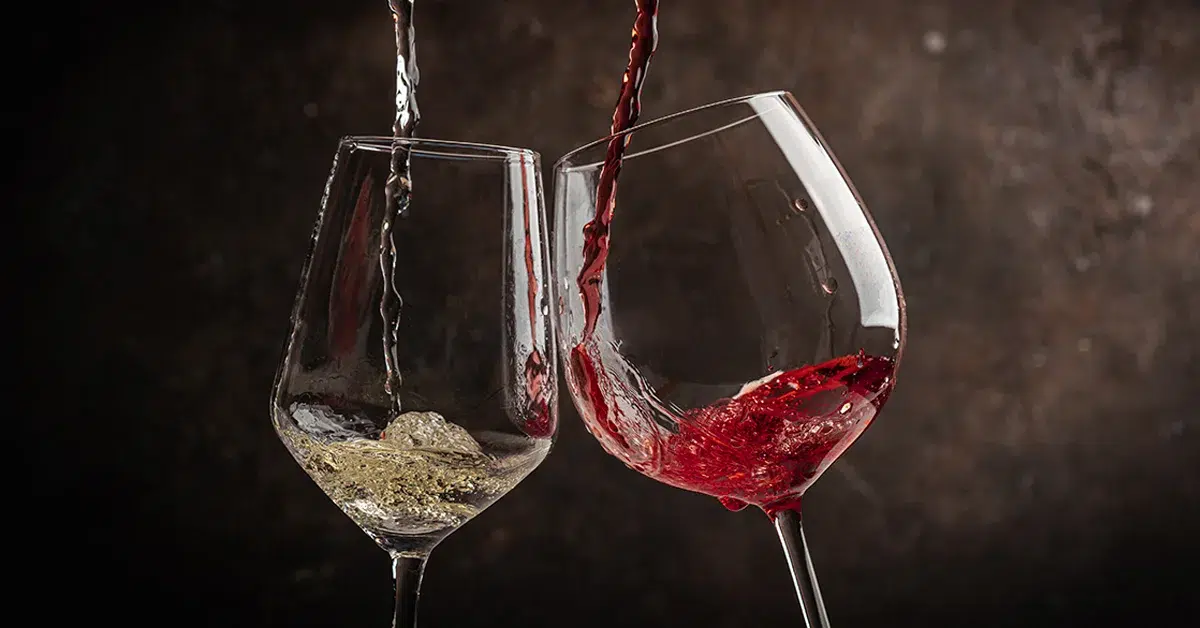
Wine, an elixir that has captivated human civilization for thousands of years, embodies the essence of the earth, the skill of the vintner, and the passage of time. It’s a symbol of culture, luxury, and the simple pleasures of life, celebrated across the globe for its ability to bring people together. Among the vast spectrum of wines, red and white varieties stand as pillars of this rich tradition, each offering a unique tapestry of flavours, aromas, and experiences. Despite their shared origin from the humble grape, red and white wines are distinguished by more than just their colour.
The differences between red and white wine begin at the very foundation with the types of grapes used, extending through the winemaking process, and finally to the glass, where they offer distinct sensory experiences. Red wines, known for their robust flavours and deep hues, are typically made from grape varieties such as Cabernet Sauvignon, Merlot, and Pinot Noir. They are often associated with a complexity that evolves with age, gaining depth and character over time.
On the other hand, white wines, including popular varieties like Chardonnay, Sauvignon Blanc, and Riesling, offer a spectrum of flavours from crisp and refreshing to rich and creamy, often characterised by a lighter, more delicate profile.
The journey from vineyard to bottle involves nuanced techniques that further distinguish reds from whites, from the fermentation process to the ageing method. These differences not only affect the taste and aroma but also influence the ideal occasions for their enjoyment, their pairing with food, and even their health benefits. As we delve into the noteworthy differences between red and white wines, we embark on a journey that reveals the artistry and science behind each pour, inviting enthusiasts and novices alike to explore and appreciate the diverse world of wine.
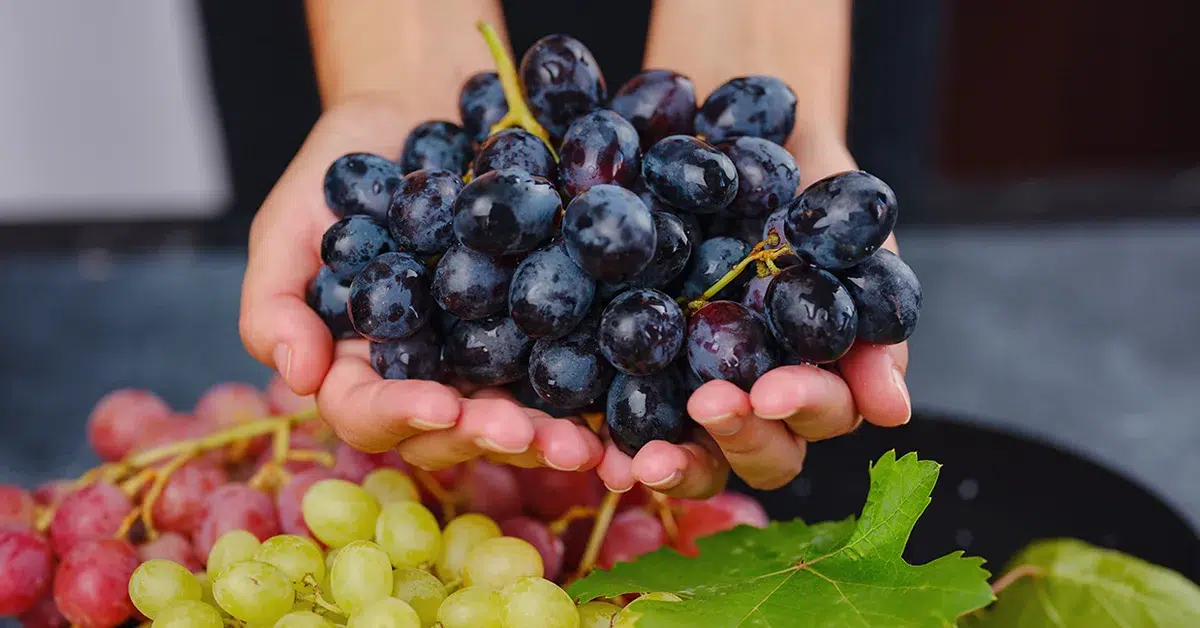
Grape Varieties
Distinctive Grape Skins and Colours
The fundamental difference between red and white wines starts at the vineyard with the variety of grapes used, each with its unique skin colour and characteristics. Red wines are produced primarily from black or red grape varieties, such as Cabernet Sauvignon, Merlot, and Pinot Noir. These grapes are known for their rich colour and complex flavours, which are imparted into the wine through the skin during the winemaking process.
In contrast, white wines are made from green or yellow grapes, like Chardonnay, Sauvignon Blanc, and Riesling. Occasionally, white wine can also be produced from red grapes by carefully removing the skins early in the winemaking process to prevent coloration, showcasing the versatility and importance of grape skins in determining the wine’s colour and texture.
Influence of Grape Variety on Wine Characteristics
The variety of grape not only determines the wine’s colour but also significantly influences its flavour profile, aroma, and texture. Red grapes tend to produce wines with a broader range of flavours and aromas, from fruity to earthy notes, attributed to the compounds found in the grape skins. These wines are often more robust and have a higher tannin content, contributing to their ageing potential. White grapes, on the other hand, tend to yield wines with lighter, more delicate flavours, often with floral, citrus, or fruity notes.
The absence of long-term skin contact during fermentation results in a wine that is generally crisper and fresher, with a more subtle complexity compared to their red counterparts. This diversity in grape varieties enriches the world of wine, offering an endless array of experiences for enthusiasts to explore.
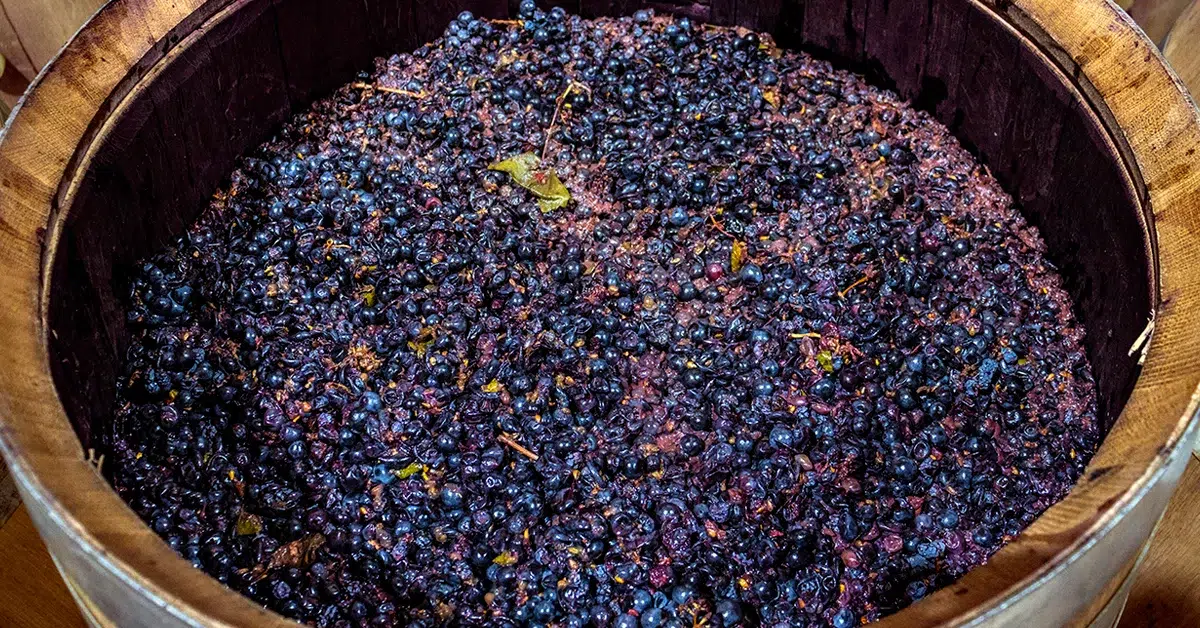
Fermentation Process
Role of Skin Contact and Maceration
The fermentation process, pivotal in transforming grape juice into wine, varies significantly between red and white varieties. For red wines, the process includes maceration, where the skins, seeds, and sometimes stems are left in contact with the juice during fermentation. This not only imparts the characteristic red colour but also contributes to the wine’s flavour, tannin structure, and complexity. In contrast, white wine fermentation involves pressing the grapes to separate juice from skins before fermentation, resulting in a clearer, lighter wine. This method emphasises the natural flavours and aromas of the grape, producing wines that are generally more delicate and aromatic.
Temperature Control and Its Effects
Temperature plays a crucial role in the fermentation process of both red and white wines but in differing manners. Red wines are typically fermented at higher temperatures, between 68°F and 86°F (20°C to 30°C), facilitating the extraction of colour, tannins, and flavour compounds from the grape skins. White wines, however, are fermented at cooler temperatures, around 45°F to 60°F (7°C to 15°C), to preserve the fresh, fruity, and floral aromas that are characteristic of white grape varieties. The careful control of temperature during fermentation allows winemakers to influence the wine’s flavour profile and aromatic qualities, showcasing the artistry involved in winemaking.
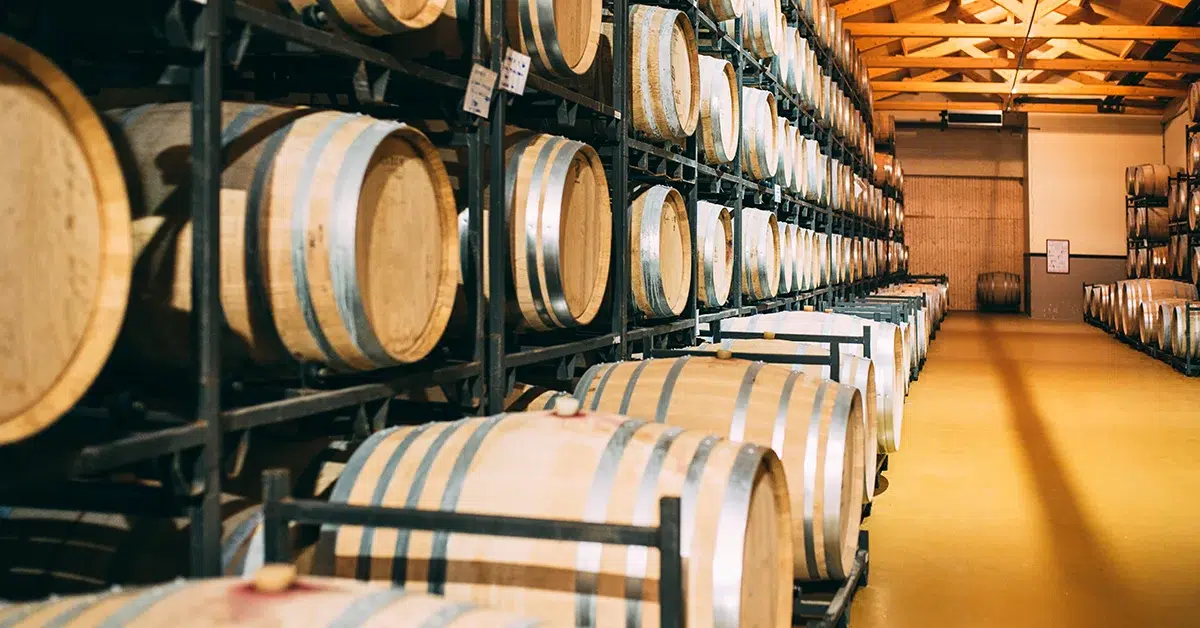
Ageing Potential
Tannins and Antioxidants: The Key to Longevity
The ageing potential of wine is largely influenced by its composition, with red wines generally having a greater capacity for improvement over time. This is attributed to the higher tannin content in red wines, derived from grape skins, seeds, and oak barrels. Tannins act as natural preservatives, allowing red wines to age and develop complexity over years, even decades. Antioxidants, such as resveratrol found in red wine, also play a significant role in ageing, contributing to the wine’s stability and longevity. White wines, with their lower tannin levels and delicate flavours, are typically consumed younger, although some varieties, like Chardonnay, can benefit from ageing, developing richer, more complex flavours.
The Influence of Oak
Ageing in oak barrels is a practice more commonly associated with red wines, contributing to their ageing potential by adding complexity, tannins, and stability. The interaction between the wine and the oak introduces flavours such as vanilla, toast, and spice, adding depth to the wine’s profile. White wines may also be aged in oak, but the approach is generally more restrained to avoid overpowering the wine’s lighter, more subtle flavours. The choice of ageing red or white wine in oak barrels, and for how long, depends on the desired outcome and the characteristics of the wine, highlighting the winemaker’s craftsmanship.

Serving Temperature
Red Wines: Warmth Unlocks Complexity
The ideal serving temperature for red wines is slightly below room temperature, around 60°F to 68°F (15°C to 20°C). This range allows the complexity of flavours and aromas in red wine to fully emerge, enhancing the overall tasting experience. Serving red wine too warm can make it taste flat and overly alcoholic, while too cool temperatures can mute its flavours and aromas.
White Wines: Coolness Enhances Freshness
White wines, on the other hand, are best served chilled, between 45°F and 55°F (7°C to 13°C), to highlight their crispness, acidity, and fruit flavours. The cooler temperatures enhance the refreshing qualities of white wines, making them particularly enjoyable in warmer weather. Serving white wines too warm can result in a loss of vibrancy and freshness, whereas overly cold temperatures can suppress the wine’s aromas and flavours.
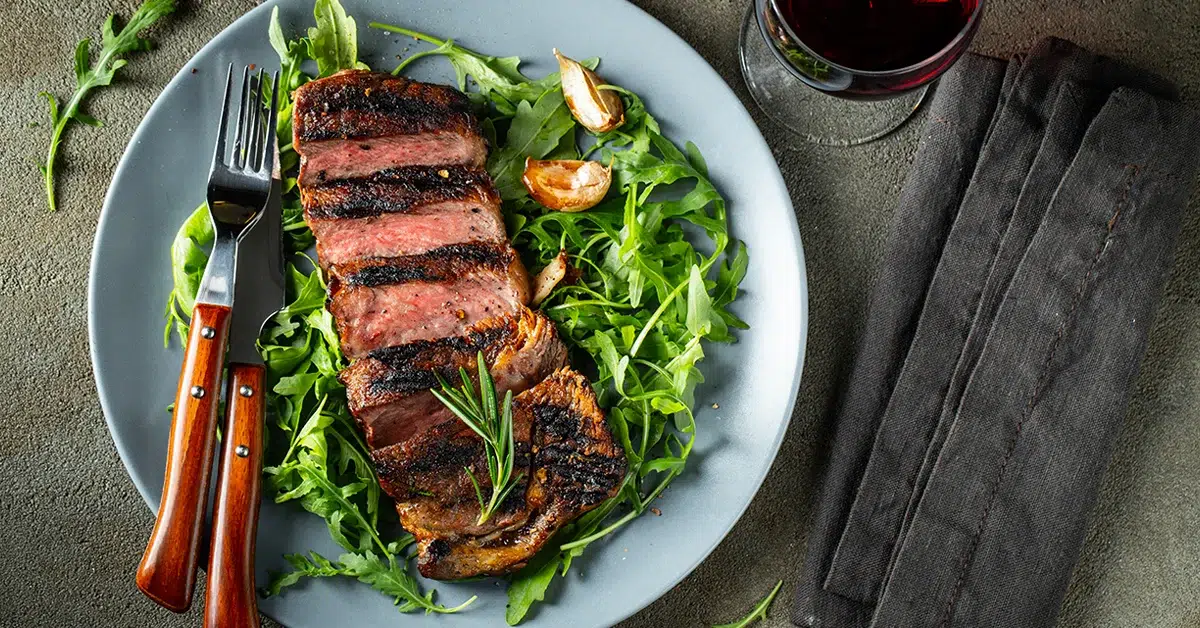
Wine Pairing
Red Wines: Richness Meets Robustness
Red wines, with their higher tannin content and fuller body, pair well with rich, fatty meats and hearty dishes. The tannins in red wine interact beautifully with the fat in the meat, softening the wine’s astringency and enhancing the flavours of both the wine and the food. Dishes with bold flavours, such as grilled steak or lamb, benefit from the depth and complexity of red wines, creating a harmonious dining experience.
White Wines: Delicacy Meets Diversity
White wines, known for their acidity and aromatic qualities, offer versatile pairing options ranging from light salads and seafood to chicken and pork dishes. The crispness and freshness of white wine can cut through the richness of a dish, cleanse the palate, and complement the meal’s flavours. Lighter, more acidic white wines like Sauvignon Blanc are perfect with salads and fish, while richer varieties like oaked Chardonnay can stand up to creamier sauces and poultry, showcasing the dynamic nature of wine pairing.
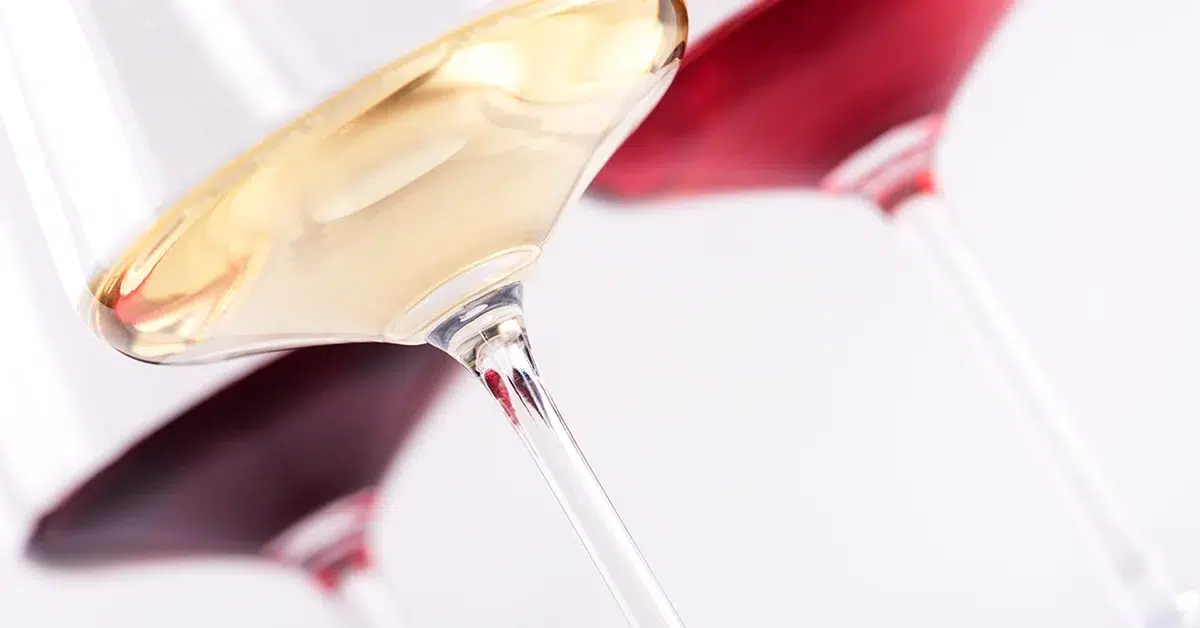
Tannin Content
The Backbone of Red Wines
Tannins, naturally occurring compounds found in grape skins, seeds, and stems, are predominantly present in red wines due to the maceration process that allows these components to infuse the wine with colour, flavour, and structure. These compounds lend red wines their characteristic astringency and complexity, contributing to a sensation of dryness in the mouth. The tannin content in red wines not only defines their texture and ageing potential but also plays a crucial role in pairing with food, as it can balance the richness of fatty dishes.
Minimal Tannins in White Wines
In contrast, white wines generally have minimal tannin content since the grapes are pressed to separate the juice from the skins early in the winemaking process, and fermentation occurs without the skins. This results in wines that are softer and smoother on the palate, with a focus on acidity rather than astringency. The low tannin level in white wines makes them more approachable for some wine drinkers and allows for a different range of food pairing options, highlighting the versatility and approachability of white wines.
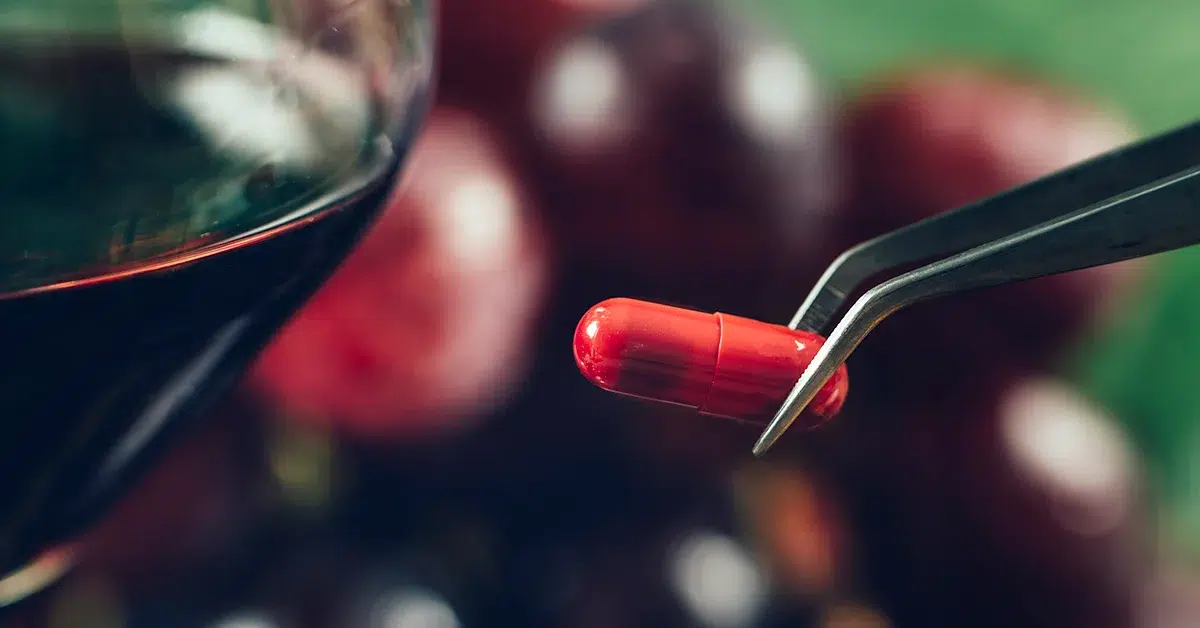
Health Benefits
Antioxidants and Red Wine
Red wine is celebrated for its health benefits, largely attributed to its high content of antioxidants like resveratrol, which is found in the skins of red grapes. Research suggests that moderate consumption of red wine can contribute to heart health, aid in lowering bad cholesterol, and even offer some protection against certain types of cancer. The antioxidants in red wine are believed to play a role in preventing coronary artery disease and reducing the risk of inflammation and blood clotting.
White Wine and Health
While red wine often takes the spotlight for its health benefits, white wine also contains beneficial antioxidants, though in smaller amounts. White wines are rich in flavonoids and phenolic acids, which can contribute to cardiovascular health and offer antioxidant properties. Some studies suggest that white wine may have similar benefits to red wine in terms of promoting heart health and preventing some diseases, highlighting the importance of moderation and the diversity of wine’s health benefits across its spectrum.
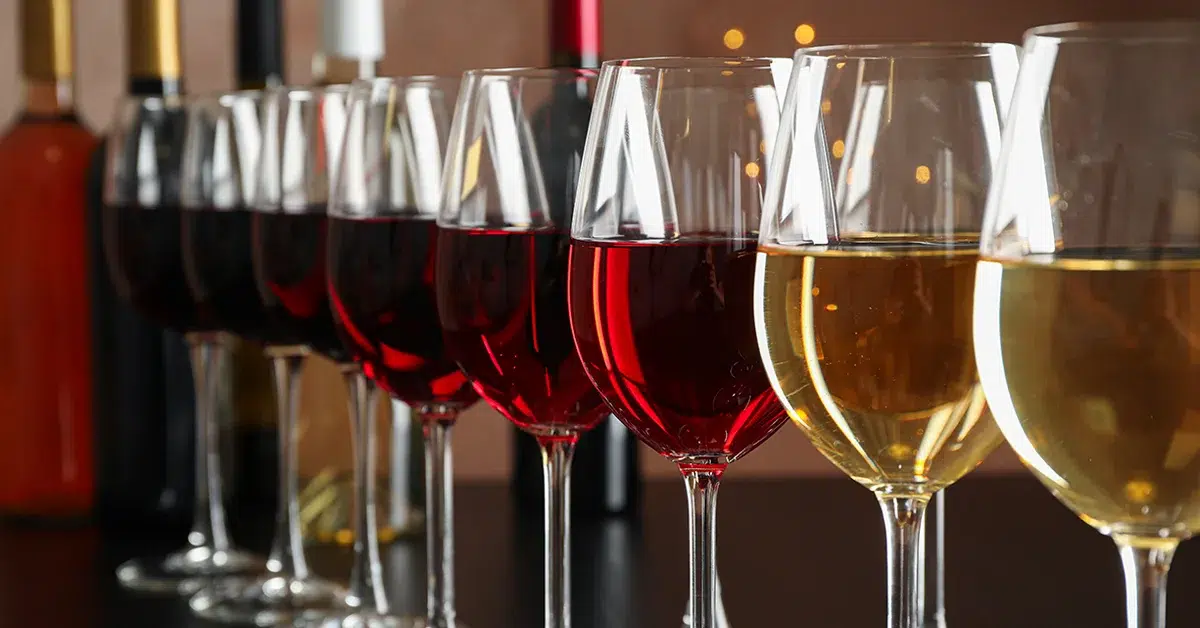
Colour Spectrum
The Rich Hues of Red Wines
The colour spectrum of red wines ranges from light ruby to deep purple, influenced by grape variety, age, and winemaking practices. Younger red wines tend to have brighter, more vibrant colours, while aged reds develop deeper, more intense hues. The interaction between the wine and oxygen, either during the winemaking process or as part of ageing in the bottle, contributes to these colour changes, reflecting the complexity and evolution of red wines over time.
The Delicate Shades of White Wines
White wines display a range of colours from pale straw to deep gold, affected by the grape variety, the presence of skins during pressing, and ageing processes. The colour can indicate the wine’s body, age, and flavour profile; for example, a deeper-coloured white wine may suggest oak ageing or extended contact with the grape skins, offering a richer flavour. The visual appeal of white wine’s colour spectrum adds an additional layer of enjoyment to the wine-tasting experience, inviting drinkers to appreciate the nuances of each variety.
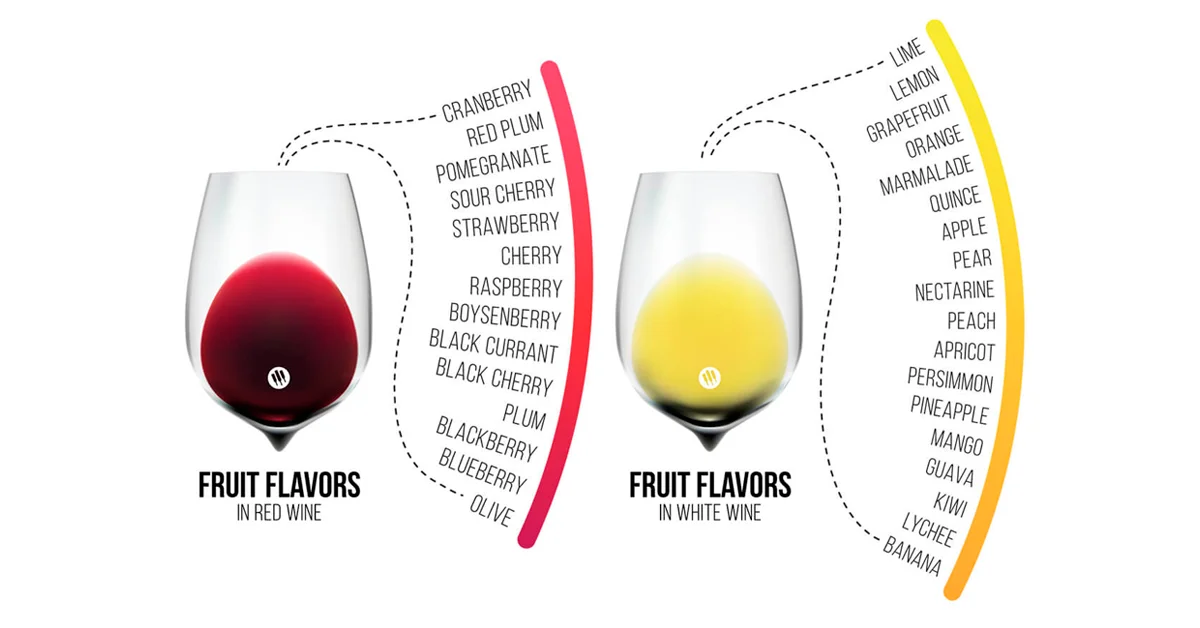
Flavour Profiles
The Broad Palette of Red Wines
Red wines offer a broad palette of flavours, from fruity and spicy to earthy and floral, depending on the grape variety, terroir, and winemaking techniques. The presence of tannins and the wine’s interaction with oak can introduce additional layers of flavour, such as vanilla, chocolate, or tobacco. This complexity allows red wines to pair with a wide range of dishes and occasions, offering a depth of experience that evolves with age and varies widely across different styles and regions.
The Fresh and Aromatic White Wines
White wines are celebrated for their fresh, crisp, and aromatic flavour profiles, with notes ranging from citrus and green apple to tropical fruits and flowers. The absence of tannins and the emphasis on acidity provide a refreshing quality that makes white wine particularly appealing in warmer climates or as an aperitif. The diversity of white wine flavours is a testament to the variety of grape types and winemaking practices, allowing for a rich exploration of tastes that can complement a wide array of culinary styles.
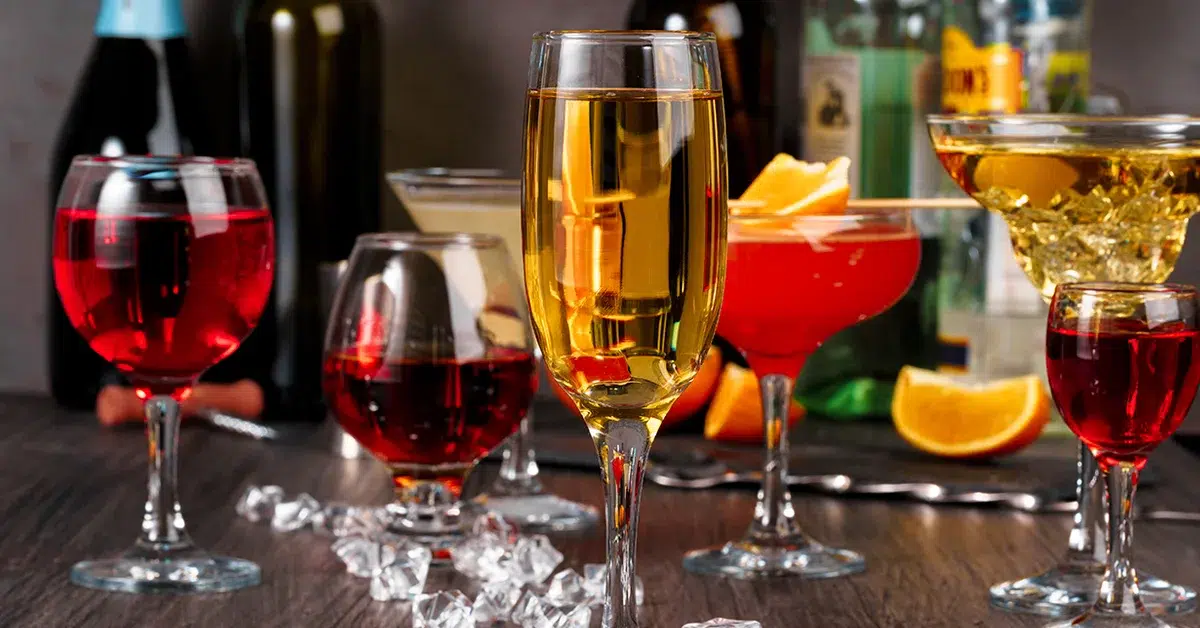
Alcohol Content
Higher Alcohol Levels in Red Wines
Red wines typically exhibit higher alcohol content compared to white wines, a result of the fermentation process where yeast converts sugar in the grape juice into alcohol. The longer fermentation times and warmer fermentation temperatures associated with red winemaking allow for a more complete conversion of sugars, often resulting in alcohol levels that can exceed 13.5%. This higher alcohol content contributes to the body and mouthfeel of red wines, enhancing their richness and complexity.
Refreshing Lightness of White Wines
White wines, on the other hand, often have a lower alcohol content, usually ranging between 9% to 12.5%. This is due to shorter fermentation periods and cooler fermentation temperatures, which can halt fermentation earlier, retaining more natural grape sugars and resulting in a lower alcohol yield. The lighter alcohol content contributes to the refreshing, crisp character of white wines, making them a popular choice for warmer weather and daytime drinking.
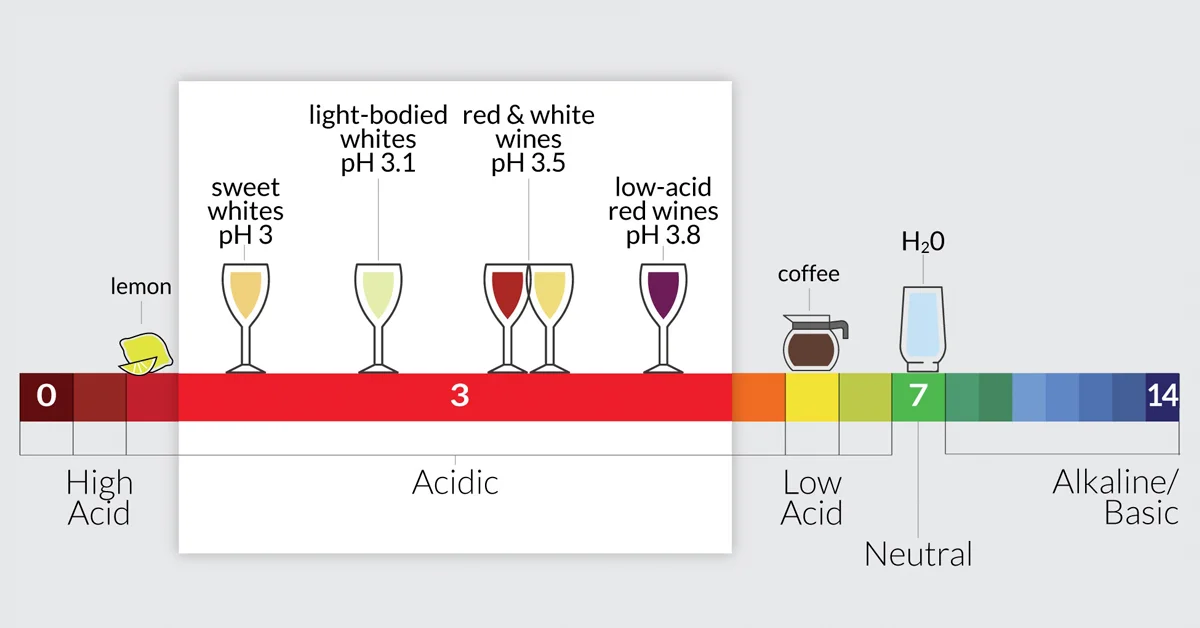
Acidity Levels
Vibrant Acidity in White Wines
Acidity is a hallmark of white wines, providing a backbone that contributes to their freshness, crispness, and ability to age. The cooler growing conditions and earlier harvesting times for white wine grapes help preserve their natural acidity, resulting in wines that can range from tart and zingy to subtly crisp. This acidity is crucial for balancing the wine’s flavours, enhancing its pairability with a wide range of foods, and making it particularly refreshing to drink.
Balanced Acidity in Red Wines
While red wines also possess acidity, it is often more balanced with the tannins, alcohol, and fruit flavours, creating a different tasting experience. The acidity in red wines helps to cut through the richness and complexity of the wine, aiding in its digestion and enhancing its ability to pair with rich, fatty foods. The presence of acidity is essential for the wine’s structure and longevity, contributing to the ageing potential of red wines.
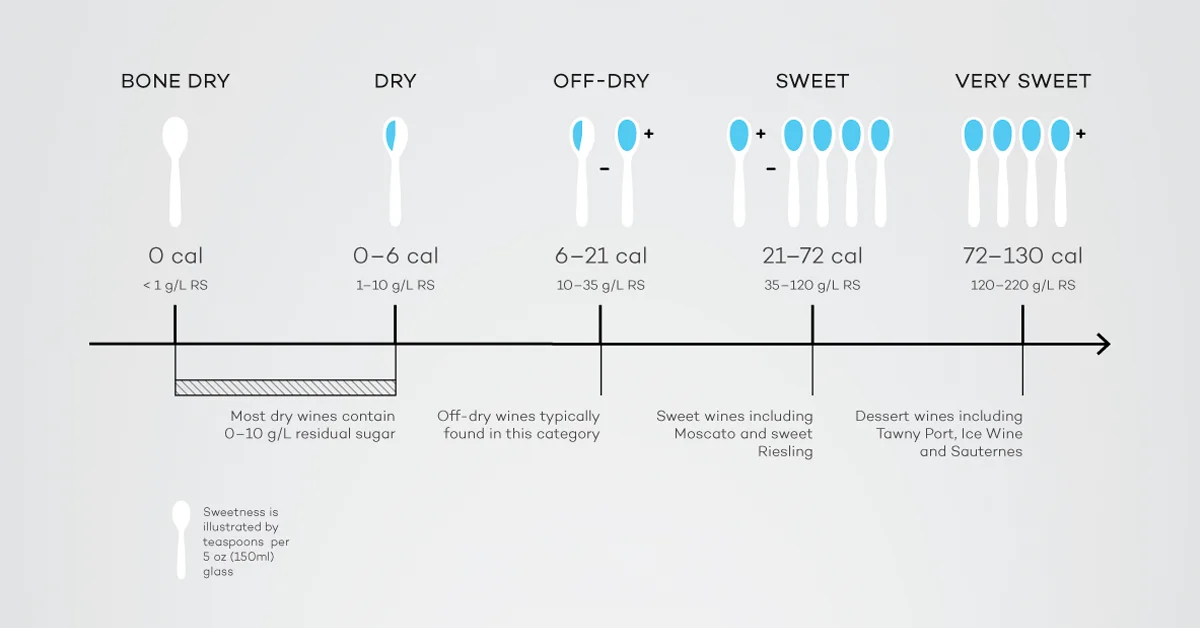
Sugar Content
The Sweetness Spectrum in White Wines
White wines offer a broad spectrum of sweetness levels, from bone-dry to sweet dessert wines. The sugar content in white wines is carefully managed during fermentation, with winemakers stopping the fermentation process at various stages to achieve the desired sweetness level. This variability allows for an expansive range of white wines, catering to diverse palates and pairing opportunities, from dry Rieslings to sweet Moscatos.
Natural Sweetness in Red Wines
While most red wines are known for their dry profile, there are varieties with noticeable sweetness, such as some types of port or late harvest wines. The sweetness in red wines comes from residual sugars left unfermented, adding a layer of richness and depth to the wine. These sweeter red wines can offer a unique tasting experience, often enjoyed as dessert wines or with rich, savoury dishes.
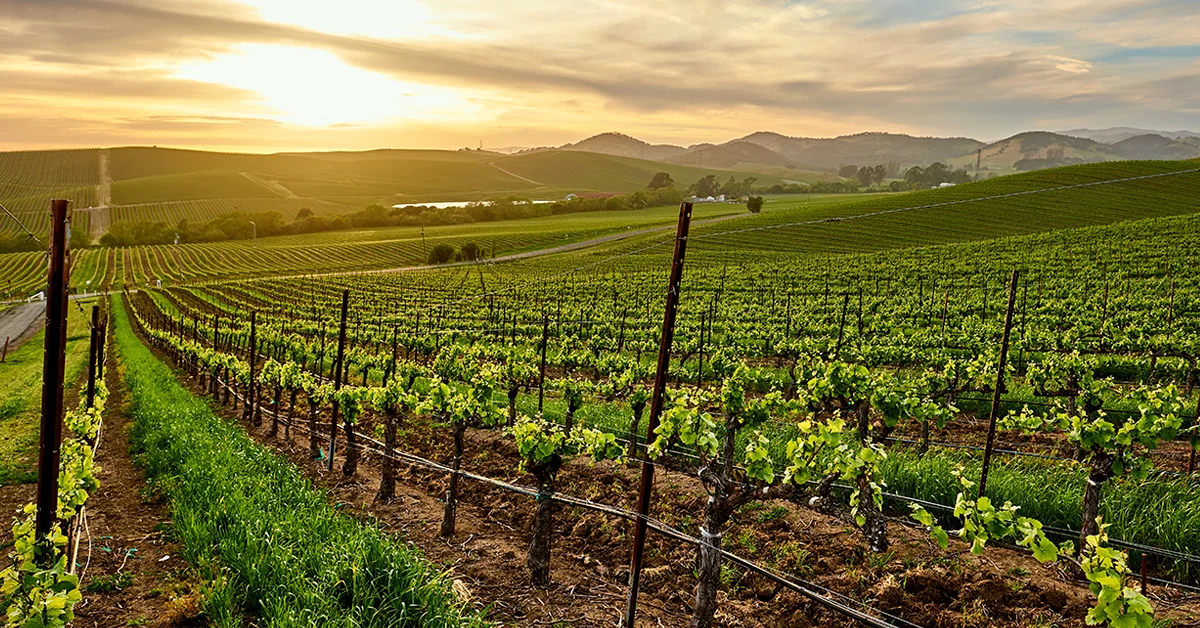
Climate and Terroir
Red Wines and Warmer Climates
Red wine grapes thrive in warmer climates, where the heat allows the grapes to fully ripen, developing rich flavours and higher sugar content, which can translate to higher alcohol levels. The terroir, including soil type, climate, and topography, plays a significant role in the character and quality of red wines. Warmer climate regions, such as Bordeaux in France or Napa Valley in the USA, are renowned for producing full-bodied, complex red wines with distinctive terroir-driven characteristics.
White Wines Flourish in Cooler Climates
White wine grapes benefit from cooler climates, which help maintain the grapes’ acidity and aromatic compounds. The terroir has a profound impact on the flavour profile of white wines, with cooler climate regions like the Loire Valley in France or Mosel in Germany known for producing crisp, acidic, and mineral-driven whites. The interaction between the climate and the vineyard’s specific conditions can influence the wine’s freshness, aroma, and overall profile.

Embracing the Spectrum: A Journey Through Red and White Wines
As we uncork the essence of red and white wines, we traverse a landscape rich with diversity, history, and craftsmanship. From the sun-drenched vineyards that nurture the robust grapes destined for red wines to the cool, misty hills cradling the delicate white wine varieties, every bottle tells a story. The nuances of fermentation, the art of ageing, the precision in serving temperature, and the mastery of pairing unveil the depth of wine’s world, inviting us to explore and savour its myriad flavours.
Red and white wines, each with their unique characteristics, offer an endless palette for our senses, enriched by the geography of their origins and the narratives of their creation. This journey through the contrasting yet complementary realms of wine is more than a tale of flavours and aromas; it’s a celebration of the diversity that wine brings to our tables and lives.
In the vineyard of variety, every sip is an adventure, every glass a discovery. Let us toast to the endless exploration of the remarkable world of red and white wines, where every pour is an invitation to journey, to learn, and to enjoy the vibrant spectrum of life’s finest pleasures.



